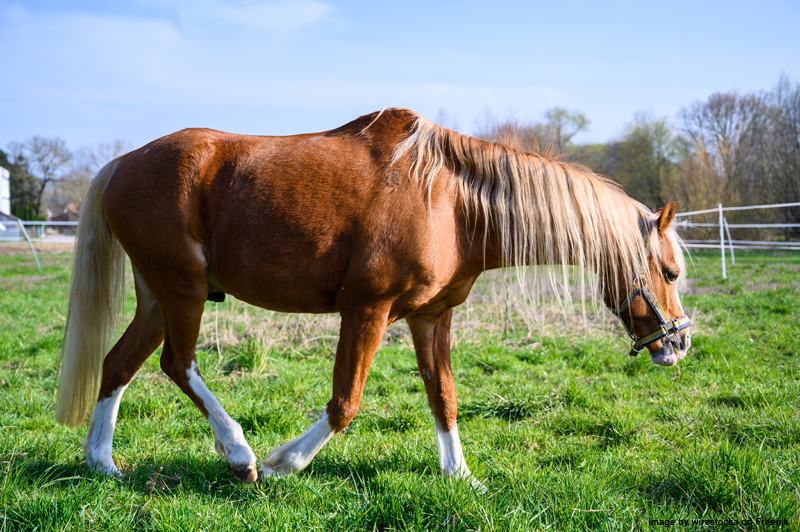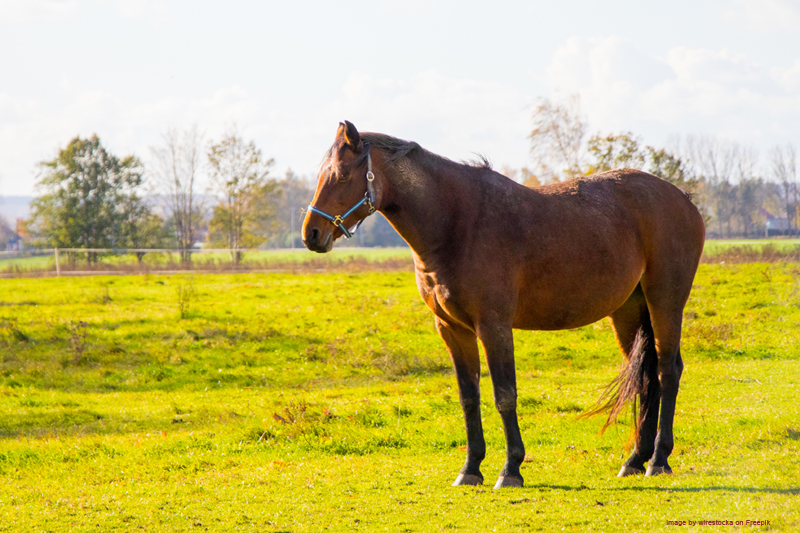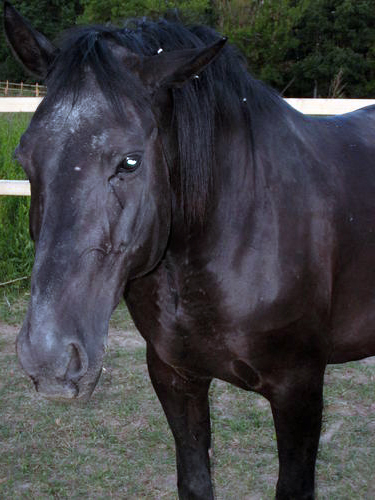
As our beloved horses age, they may face the inevitable challenges of poor circulation and muscle tone loss. These changes manifest in various ways, such as sagging bellies, deteriorating skin and hair coats, and muscles that once rippled with strength now appearing soft and flabby or even wasting away. However, we have a powerful tool to combat these issues and keep our older equine companions moving gracefully: Equine Bodywork!
The Importance of Movement for Older Horses:
Just like humans, horses need regular movement to keep their bodies healthy, particularly their lymphatic system. The lymphatic system plays a crucial role in clearing fluids, waste materials, and toxins from the body’s tissues. Unfortunately, as horses age, they become more prone to poor circulation and muscle tone loss, making it essential to find ways to keep them moving.
Digital Pump Techniques:
One effective way to encourage movement in stabled horses is through “digital pump” techniques. This method involves gently squeezing and releasing the horse’s hooves in a rhythmic manner, simulating the natural pumping action that occurs when a horse walks or grazes. This can help improve circulation in the lower limbs and alleviate fluid retention.
Lymphatic Massage:
Lymphatic massage is another invaluable tool for maintaining an older horse’s health. This gentle massage technique focuses on stimulating the lymphatic system, promoting the drainage of fluids and toxins from the body. Lymphatic massage can be particularly beneficial for horses that spend extended periods in stalls, as it aids in preventing the buildup of edema and promotes overall well-being.

Benefits of Equine Massage:
Equine massage offers a myriad of benefits for older horses, helping them retain their muscle tone, improve circulation, and slow down the progression of conditions like arthritis. Here are some techniques and stretches you can incorporate into your equine massage routine:
- Effleurage: This gentle stroking technique helps warm up the muscles and prepare them for deeper massage. It can improve blood flow and relax your horse.
- Petrissage: Using kneading and compression motions, petrissage can help release muscle tension and improve muscle tone.
- Friction: Circular or cross-fiber friction techniques can target specific areas of muscle tension or knots.
- Stretching: Incorporating a variety of stretches into your equine massage routine can greatly benefit older horses by improving their flexibility, range of motion, and overall comfort. Here are some effective stretches, along with when, why, and the effects they have on your aging horse:
- Neck Stretch:
When: Perform this stretch regularly during your massage routine.
Why: Older horses can develop stiffness in the neck, which affects their ability to graze, turn their head, and engage in various activities.
Effects: The neck stretch helps alleviate stiffness, enhances neck flexibility, and allows the horse to move more comfortably.
- Carrot Stretches:
When: Carrot stretches can be part of your horse’s daily routine.
Why: These stretches target various muscle groups, including the neck, shoulders, and back, promoting overall suppleness.
Effects: Carrot stretches enhance flexibility, improve core strength, and encourage better balance and posture.
- Leg Flexion Stretch:
When: Include leg flexion stretches during massage sessions or warm-up exercises.
Why: Older horses may suffer from tight leg muscles, leading to reduced stride length and discomfort.
Effects: Leg flexion stretches help release tension in the leg muscles, promoting a more fluid and comfortable gait.
- Tail Pull Stretch:
When: Incorporate the tail pull stretch into your massage routine, particularly if your horse has a tight or tense tail.
Why: Tension in the tail can affect the entire back and hindquarters, leading to discomfort.
Effects: The tail pull stretch releases tension in the tail muscles and promotes relaxation throughout the hindquarters.
- Back Stretch:
When: Perform back stretches before or after a massage session.
Why: Older horses may have a stiff back, which can lead to discomfort and reduced mobility.
Effects: Back stretches improve spinal flexibility, relieve tension, and enhance overall comfort.
- Hind Leg Stretch:
When: Include hind leg stretches in your routine to address hindquarter stiffness.
Why: Stiffness in the hind legs can affect a horse’s ability to engage the hindquarters and perform athletic movements.
Effects: Hind leg stretches promote hind limb flexibility, ease stiffness, and aid in maintaining proper muscle tone.
- Belly Lift Stretch:
When: Use the belly lift stretch during massage sessions or as needed.
Why: Older horses may experience sagging bellies, which can affect their posture and movement.
Effects: The belly lift stretch helps strengthen the abdominal muscles and provides support to the back and overall body structure.
- Hip Stretch:
When: Include hip stretches in your routine to address hip and pelvis stiffness.
Why: Stiff hips can limit a horse’s range of motion and lead to discomfort.
Effects: Hip stretches improve hip mobility, reduce tension, and enhance the horse’s ability to move with ease.
As our horses age, their bodies undergo changes that affect their circulation and muscle tone. However, by embracing Equine Bodywork techniques such as the “digital pump”, lymphatic massage, and various massage and stretching techniques, we can help our older equine companions stay on the move with grace and comfort. Regular Equine Bodywork not only improves circulation but also promotes overall well-being, ensuring that your horse enjoys their golden years to the fullest!





